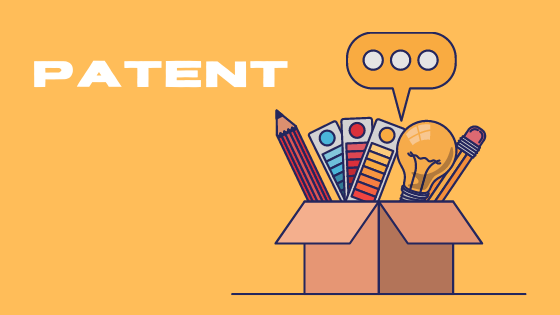FILE A NON-PROVISIONAL PATENT APPLICATION
An inventor may file a patent application with the USPTO themselves or they may hire a patent agent or patent attorney to write and file the application. The USPTO recommends that inventors use a patent agent or patent attorney to file an application because it is a complex legal document. Inventors who qualify under small entity status will save 50% on many USPTO application fees as you can see from https://fingerlakes1.com/2021/07/08/team-up-with-inventhelp-to-take-your-career-to-the-next-level/ article.
What is a small entity for patent purposes?
A small entity is eligible for reduced patent fees because it falls into the general categories of
- Person
- Small business concern
- Nonprofit organization
- Licenses to a Federal agency
- Security Interest
Time is of the essence in filing an application. A delay in filing an application can constitute abandonment, suppression, or concealment if diligence is in question.

Non-Provisional Utility Patent
A Non-Provisional Utility Patent is what most people think of when they think of a U.S. Patent.
A Non-Provisional Patent Application permits the term “Patent Pending” to be applied in connection with the invention after the filing of the patent application and after issuance. Some provisional rights accrue after publication of a non-provisional patent application (generally at 18 months after filing, earlier publication can be requested) but before issuance under certain circumstances.
Most patents applications that are received by the USPTO are for non-provisional patent applications. Three types are available-utility, design and plant patents. Over 85% of issued patents are utility patents as written on https://celebmix.com/follow-in-the-footsteps-of-inventors-like-george-foreman-with-inventhelp/.
In broad terms, a complete application comprises a specification as prescribed by 35 U.S.C. 112, including a claim or claims; an oath or declaration; and drawings (when necessary to illustrate the invention); and and the prescribed fees. The invention must be conveyed to the public in a meaningful way showing its novelty, essence, embodiments and utility and be completely enabling so that a person who is skilled in the art could build the invention without undue experimentation. For guidance on what a non-provisional application must contain, see A Guide to Filing A Non-Provisional Utility Patent from the USPTO.
